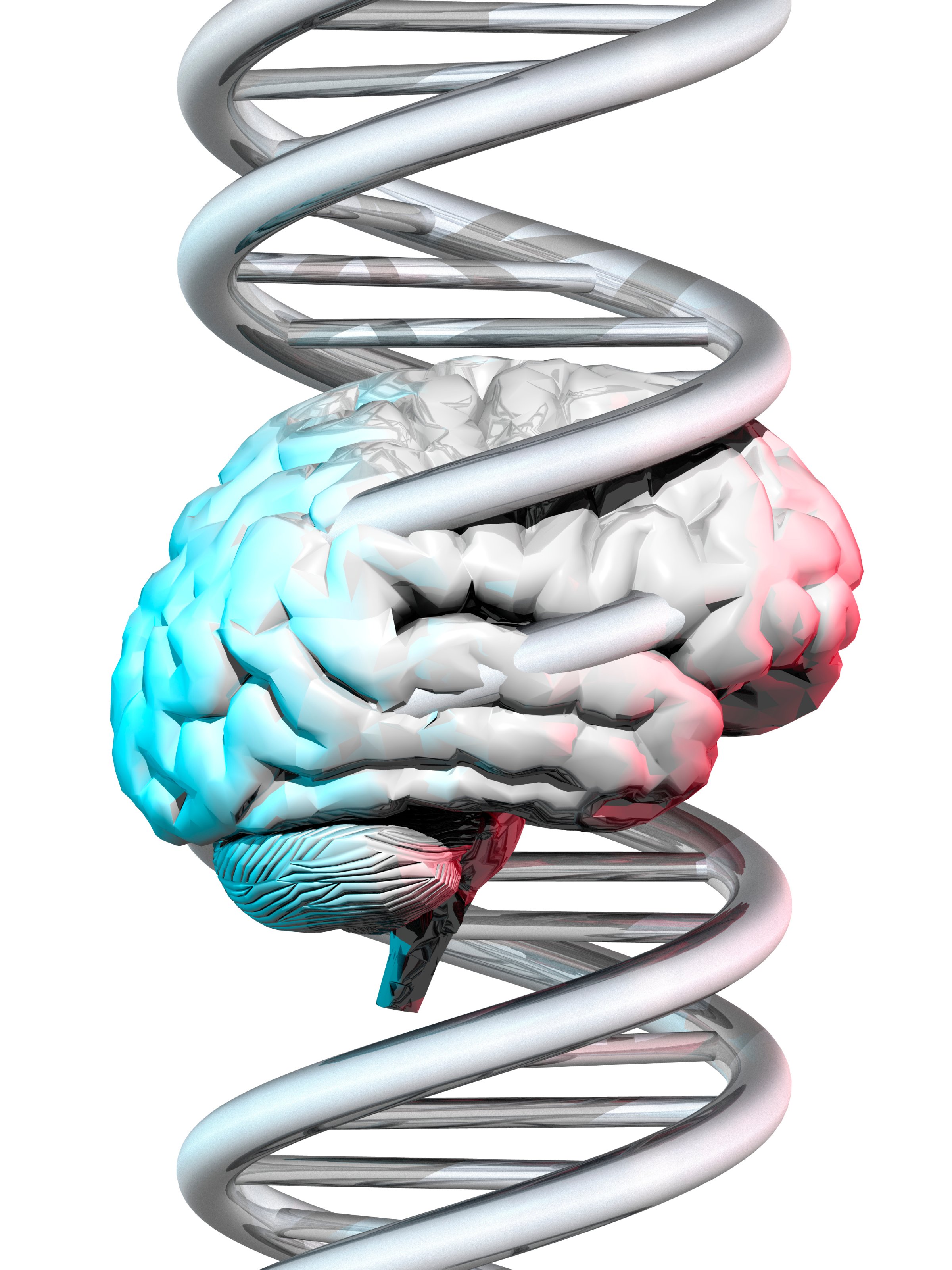
For a condition as complex as autism, it’s almost certain that both genes and environment play an important role. But teasing apart how much DNA contributes to the developmental condition and how much is due to environmental exposures remains a subject of much debate.
In a study published in JAMA, researchers say they have come up with the most accurate figure to date for the role that genes play in autism. Led by Sven Sandin, an assistant professor of psychiatry at the Icahn School of Medicine at Mount Sinai, the scientists re-analyzed existing data from all children born in Sweden between 1982 and 2006. The team had looked at the same data previously, focusing on pairs of siblings, both of whom were diagnosed with autism. But this time, they applied a different method for tracking the diagnosis.
Instead of looking at just one time point when both members of a sibling pair had been diagnosed, they incorporated the fact that not all siblings would be diagnosed at the same time. They may start as being undiagnosed, then one would get diagnosed and, later, another might be determined to have autism.
Sandin also studied the different rates of autism among siblings with different shared genetic backgrounds — from half siblings who shared only one biological parent to biological siblings to both identical twins (who share 100% of the same DNA) and fraternal twins. Not taking the change in autism status over time into account, says Sandin, might have led to a skewed calculation of what role genetics plays in the disease. Because it only looked at sibling pairs after both had been diagnosed, it may have over-estimated the influence of genes.
Indeed, when Sandin tracked autism diagnoses over time among the sibling pairs, he found that genetics likely accounts for around 83% of the disorder. That compares to nearly 90% reported in previous studies of twins only. Using the new model, environmental factors probably contribute around 17% to the risk of developing autism.
“This is why it is important to have different study designs,” says Sandin. “We have a family-based approach, and there are other approaches for twin studies and genetics studies. All of them seem to be converging on the same number of 80% to 90%.”
Read more: Should All Babies Be Screened for Autism?
He notes, however, that the results still should not be applied to individual sibling pairs to calculate the risk of developing autism. The findings are based on the risk in a population and underscores the fact that the large majority of that risk for the condition is genetic.
More Must-Reads From TIME
- The 100 Most Influential People of 2024
- The Revolution of Yulia Navalnaya
- 6 Compliments That Land Every Time
- What's the Deal With the Bitcoin Halving?
- If You're Dating Right Now , You're Brave: Column
- The AI That Could Heal a Divided Internet
- Fallout Is a Brilliant Model for the Future of Video Game Adaptations
- Want Weekly Recs on What to Watch, Read, and More? Sign Up for Worth Your Time
Contact us at letters@time.com